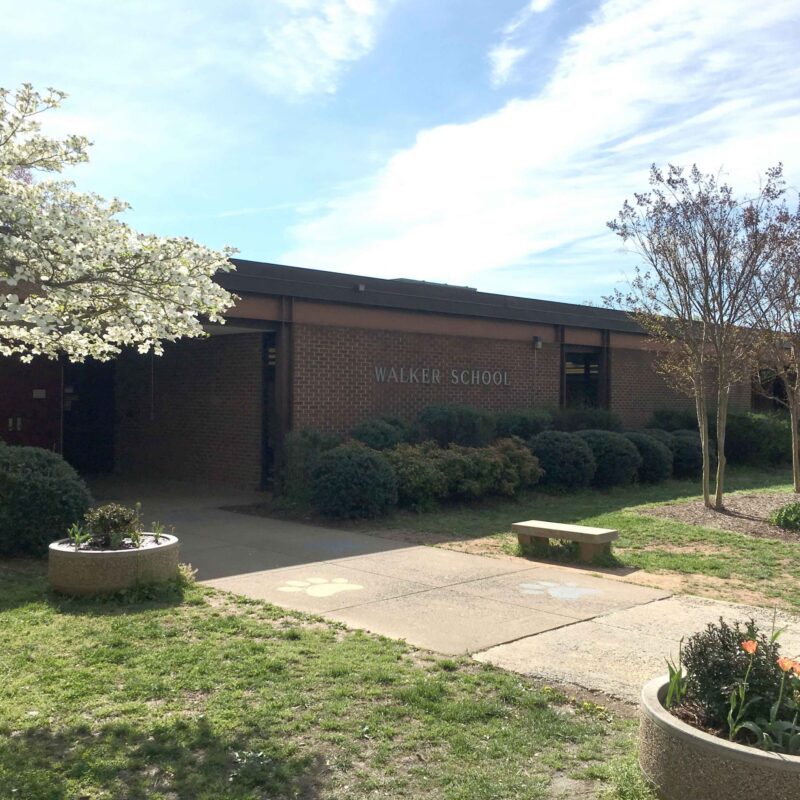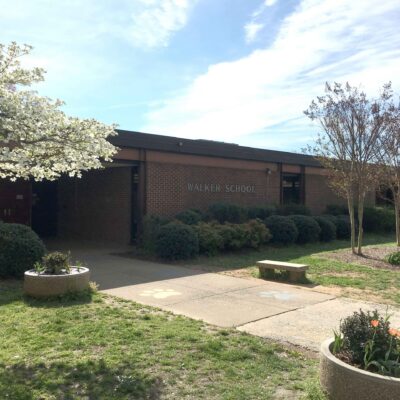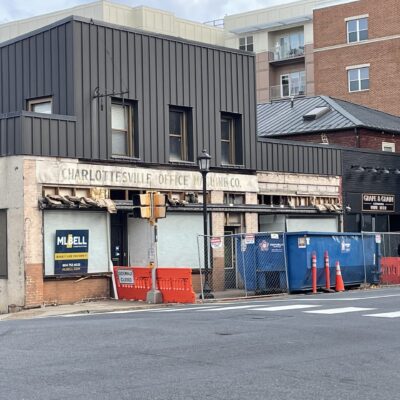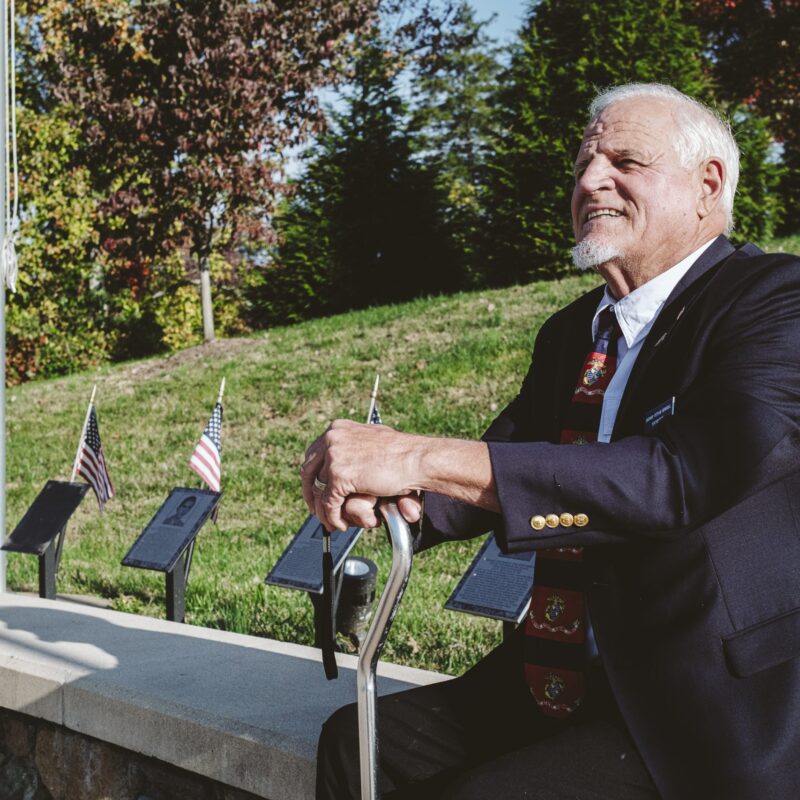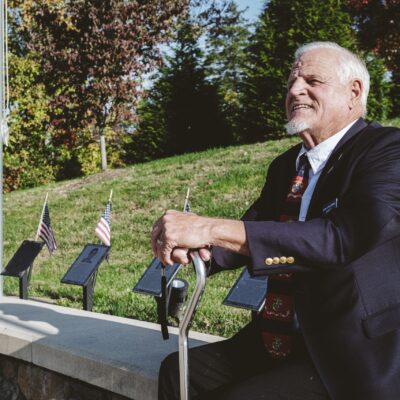In August, Rich Collins had a near miss.
The Charlottesville resident said he was driving west on Rio Road East with his daughter in the passenger seat when he went to make a left onto Hillsdale Drive. The signaled intersection, which lies about half a mile east of Route 29, was familiar to him, and he did something that’s habit with many drivers: Facing a green light, he inched out into the intersection, and when the light turned, so did he. He assumed the oncoming traffic also had a red light and would stop.
But a car heading east actually sped up, Collins said, narrowly missing T-boning him.
“I said, ‘Do you think that car ran a red light?’” he remembers.
It didn’t.
Eastbound traffic at Rio and Hillsdale has seven more seconds of green than westbound traffic, which Collins discovered following his close call and C-VILLE later confirmed. There are no signs alerting westbound cars that oncoming traffic has an extended green light, something Collins thought was a worrisome oversight. He meant to call in his concern, he said, but he didn’t get around to it. Then he saw a brief accident report in the news on September 22: same intersection, left-turning minivan vs. eastbound Kia. The passenger in the van, 59-year-old Muriel Lorraine Paige, died early the following morning.
As it turns out, Federal Highway Administration (FHWA) rules dictate that there be signage to warn cars about extended green lights at intersections, and the Virginia Department of Transportation (VDOT) is now looking into why the signal at Rio and Hillsdale lacks one—and what to do about it.
“That type of signal phasing and timing is pretty rare,” said VDOT spokeswoman Stacy Londrey, and engineers aren’t sure why it’s not marked with signs at Hillsdale. It could be that the light was installed before FHWA made the rule, she said. But in the wake of any fatal accident, VDOT steps in to assess whether anything could be done to make a stretch of road or an intersection safer, and in this case, Londrey said, they’ve determined something needs to change. Within a few weeks, she said, VDOT will either add a sign or adjust the timing of the light at Hillsdale to get rid of the extended green altogether.
Signage regulations aside, data provided by the Albemarle County Police Department indicates the study is warranted. Since 2009, there have actually been fewer crashes at Rio and Hillsdale than at Rio and Greenbrier, another signaled intersection less than a mile east where there’s no extended green. But the rate of serious injury to people involved in crashes at crashes at Hillsdale was 27 percent higher.
Sergeant Miller Stoddard of the county’s traffic unit said his officers have a good working relationship with VDOT, and often pass along tips about potentially dangerous spots on roads in the area. The Rio-Hillsdale intersection doesn’t stand out to him, though, because the number of crashes there isn’t unusual. What happens with the intersection is in VDOT’s hands now, he said, but he emphasized that drivers’ own actions are critical to safety no matter what the signs and signals say.
Moving out into an intersection on a green light isn’t illegal, he said, but it’s not safe. “We want people to consider safe driving habits not based on what’s legal or illegal, but what’s safe based on common sense,” he said.
Collins said he wishes he’d spoken up earlier this summer. Maybe then, he said, somebody wouldn’t have died.
“I’m kind of berating myself,” he said.
